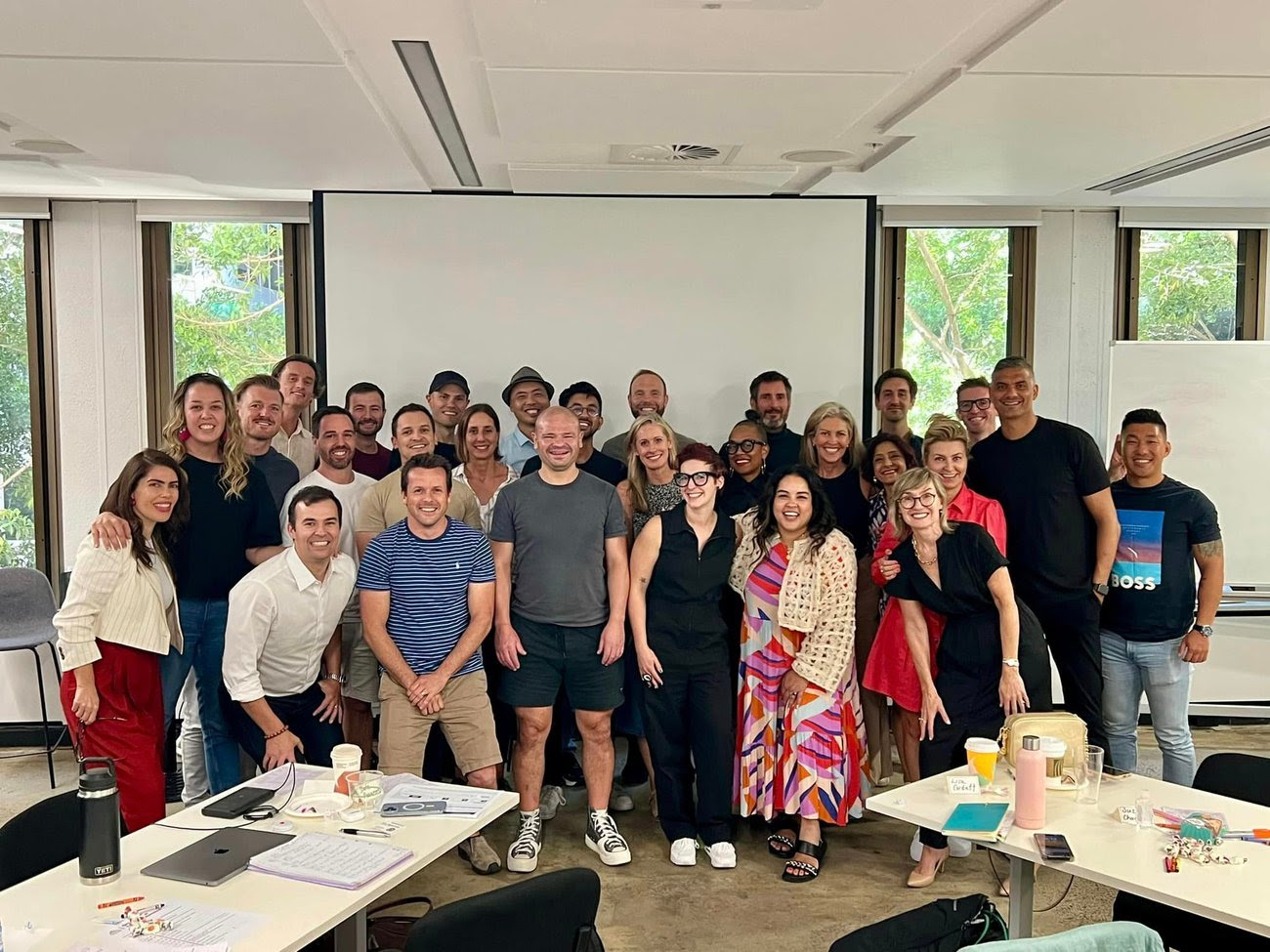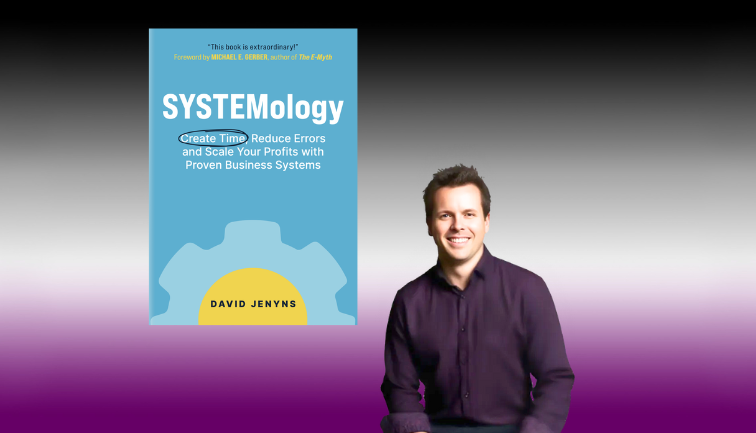A couple of weeks ago I attended a Mastermind, Ozcon.
A room full of absolute ballers, I snuck in 😉.

Everyone was there to share their knowledge and help each other.
The icing on the cake: the organisers (and presenters) Nicole Baldinu, and Omar Zenhom donated all the event proceeds to a charity: https://www.handsacrossthewater.org.au. Very generous….
Top tip: If you get an invite to a gangbusters mastermind, GO! The value you’ll receive and the connections you’ll make – it’s worth it. My coach and mentor James Schramko often says “offline is a secret to online business”.
I was thinking about that event today, and some of the people who I connected with. Many I’ve “Zoomed” with or had “DM’d” with.
Ilana Wechsler said to me: “You are taller than I thought”. 😂
And right there, another great connection, David Jenyns the author of Systemology. We’ve talked before on socials but never in person.
I enjoyed his book a lot.
I think of his book as “The E Myth” part 2. Michael E. Gerber actually wrote the foreword of Systemology…
My favourite concept, which we use in VirtualDOO, is the “Critical Client Flow”.
This is about prioritising and optimising essential processes to enhance client satisfaction and success. Its client-centric design.
Here were my key takeaways:
1. Vision is the Compass
Jenyns begins with the imperative of having a clear vision. It’s the foundation that guides the systematization process, ensuring that every system implemented aligns with the broader goals of the business.
2. Simplify and Streamline
Complexity is the enemy of efficiency. Simplify processes, remove unnecessary steps and focus on streamlining operations to improve productivity and reduce errors.
3. Identify and Document Processes
The core of systematization lies in identifying the recurring tasks within the business and documenting how they are done. This creates a blueprint that ensures consistency and quality, making it easier to delegate and scale operations.
4. Empower Through Automation
Wherever possible, automate processes. This not only increases efficiency but also frees up human resources for more creative and strategic tasks.
5. Continuous Improvement
The work doesn’t stop once systems are implemented. Encourage a culture of continuous improvement, where feedback is regularly sought and processes are consistently refined for better performance.
6. Delegate with Confidence
With systems in place, delegation becomes less risky and more effective. Documented processes allow team members to execute tasks with minimal supervision, enabling the business owner to focus on growth and strategy.
7. Build a Self-Sustaining Business
The ultimate goal of systematization, is to create a business that can operate successfully without the constant involvement of its owner, freeing them to pursue new opportunities or simply enjoy the fruits of their labour.
Talk soon,
Lloyd
PS – Do you have the systems but need help getting them to stick with the team? Let’s chat.








